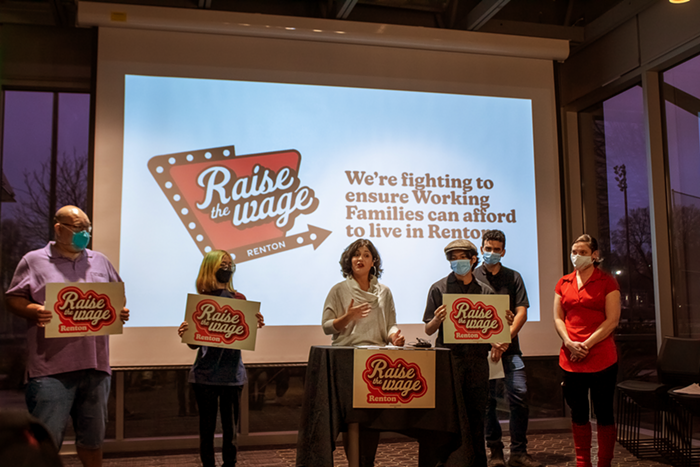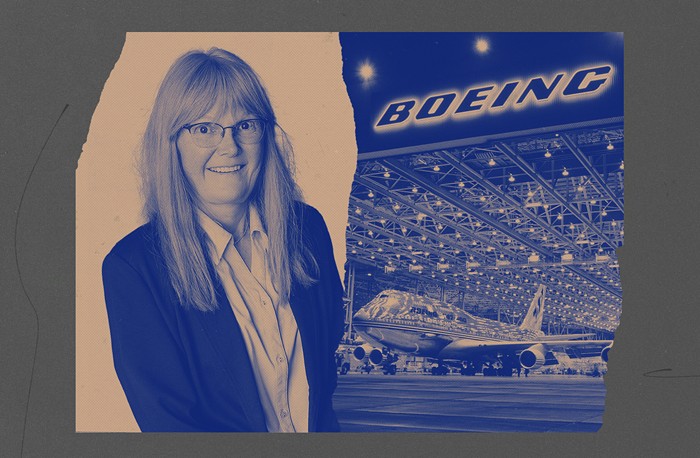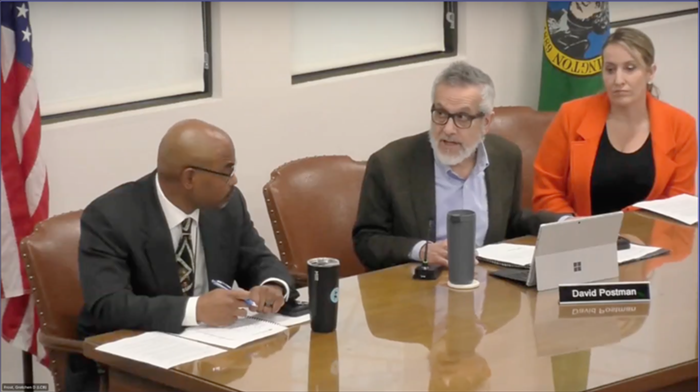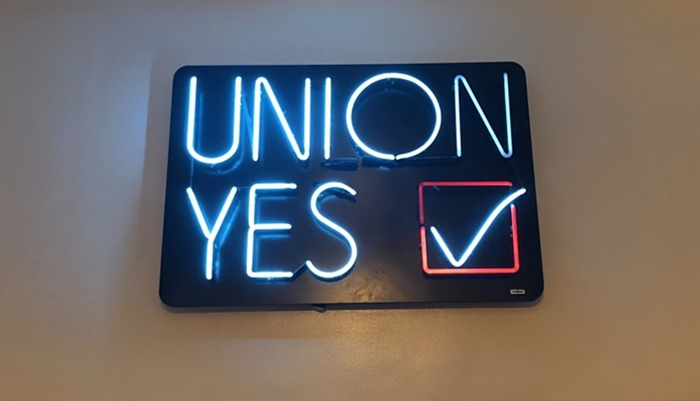A fight in Rainier Valley to stop the city from condemning property for commercial development is over, at least for now: Last week, in the wake of a leaked report showing strong public opposition, the city said it's dropping the proposal.
"The condemnation piece is off the table," said Marianne Bichsel, spokeswoman for Mayor Greg Nickels. "People didn't like it."
Opponents aren't jumping for joy yet, however, because they say a community vote on the issue is still coming Wednesday, January 24—and Nickels's support means anything is possible.
The proposal allows the city to declare Rainier Valley a blighted area under the state's Community Renewal Law, and to create a new city agency with the power, through eminent domain, to condemn property in commercial zones that include homes along Rainier Avenue South and Martin Luther King Jr. Way South. The plan would have started at two intersections where the city wants retail and condo development around Sound Transit's future light-rail stations.
With light rail expected to drive runaway development in Rainier Valley, supporters say the community renewal agency would have included a citizen oversight board that could have guided development and protected the area's low-income housing and small, immigrant-owned businesses. Opponents, however, howled that the agency would have helped wipe out affordable housing and independent businesses by using eminent domain to facilitate giveaways to private developers.
"Taking property from individuals for shops or condos is wrong," said Pat Murakami, a Rainier Valley business owner and member of the Southeast District Council (SEDC).
Back in March, the SEDC agreed to collect public input on the idea for the city's Office of Economic Development, which paid for outreach consultant Angela Tarah to present the idea in community meetings, council president Leslie Miller said.
A report Tarah wrote in December shows there was conflict from the get-go. Critics said the planning group in charge of writing the proposal didn't represent all of Rainier Valley. The group included low-income housing developers from HomeSight, the Mount Baker Housing Association, SouthEast Effective Development (SEED), and the Seattle Housing Authority, all of which stood to get grants from the new agency.
Due to disagreements in the group, the actual outreach time got cut from five months to two, the report says, with few volunteers stepping up to do things like pass out information. If they did, Miller said, they were seen as supporting the proposal. Many didn't want to be associated with it, SEED director Earl Richardson said.
A survey taken at a public forum last August showed opinion was nearly split on the idea. By the time of a second forum in October, a new survey showed that 75 percent of the respondents either opposed the stated plan or any plan involving condemnation—something Tarah credits to opposition from Murakami and a group of property owners who say the city has no business taking land for private developers.
Miller disagrees, saying community renewal would have addressed displacement and created affordable housing for low-income, minority families in the South End. "The majority of people in southeast Seattle are people of color," she said. "If we lose them, Seattle loses them. I think that's huge for us as a city." 


















